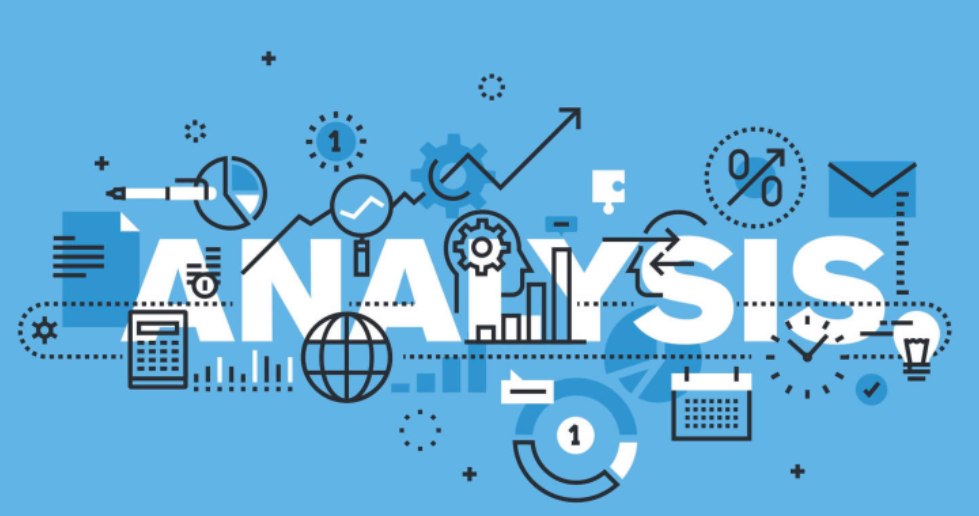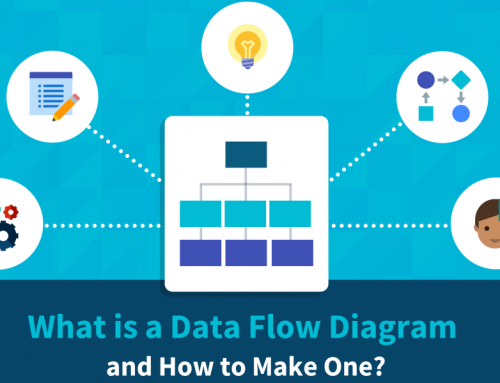How to Choose a Data Analysis Tool?
A handy data analysis tool is a sharp tool for data analysts to do data analysis. In the face of vast amounts of data, how to choose the right data analysis tools has become a difficult problem for personnel in functional departments such as operation, product and marketing. By using data analysis tools, enterprises can integrate data from various channels and quickly complete and improve data analysis. So how to choose a data analysis tool? In this article, we summarized the following five points for your reference.

How to Choose a Data Analysis Tool?
Top 5 Tips to Help You Choose a Data Analysis Tool
1. Multi-data Source Support
Data analysis tools must support connecting multiple data sources for integrated analysis. Due to the rapid development of network technology, more and more unstructured data (such as text, images, sounds and web pages) are generated. In addition to supporting relational databases (such as Oracle, SQLServer, Access, MySQL, etc.), it is also necessary to consider whether non-relational databases such as MongoDB, Redis, and HBase are supported. Different products provide different degrees of support for the above data management.
2. Diversity of Analysis Indicators
In order to better represent the content, the data analysis itself needs to be detailed enough and mine the truly valuable information behind the data. The dimensions and metrics of data analysis vary by industry and user group. Therefore, when choosing a data analysis tool, it is best to choose a detailed and comprehensive tool to analyze the indicators and make the results more in-depth, so as to meet the requirements of users, and to use data analysis tools to dig out the real meaning behind all the data.
3. Easy to Operate
A good data analysis tool not only needs to have powerful analysis function, but also needs to have convenient operation. Languages like Python and R can also be used for data analysis, but they are not easy to use and are difficult to learn without IT knowledge. BI tool is a kind of data analysis tool that is easy to use and simple to operate. It can quickly generate charts by simply dragging dimensions and indicators with the mouse, without writing expressions in the whole process, with zero learning cost and one minute to get started.
4. Cross-departmental Collaboration
For large organizations, data analysis tools must support cross-departmental collaboration. Data analysis tools have different needs and uses in different departments. How to realize the application requirements of various departments, how to realize the sharing of various departments and users, analysis and application results will become the standard of product consideration. The larger the company, the more collaborative data analysis tools it should use.
5. Cost Performance and Maintenance Costs
Most tools (especially enterprise-level data analysis tools) cost some money before they can be used. Therefore, when choosing a data analysis tool, we need to consider the initial purchase cost and the later maintenance cost. While meeting the regular functional requirements of enterprises, it is also necessary to choose products that are more cost-effective and make users feel more affordable.
Conclusion
Thank you for reading our article and we hope it can help you to choose a data analysis tool. If you want to find more information about data analysis, we would like to advise you to visit Gudu SQLFlow for more information.
As one of the best data lineage tools available on the market today, Gudu SQLFlow can not only analyze SQL script files, obtain data lineage, and perform visual display, but also allow users to provide data lineage in CSV format and perform visual display. (Published by Ryan on Jul 24, 2022)
One Comment
Leave A Comment
If you enjoy reading this, then, please explore our other articles below:




[…] quality of the data directly affects the value of the data, and directly affects the results of the data analysis and the quality of the decisions we make based on it. We often say that we use data to speak, and […]